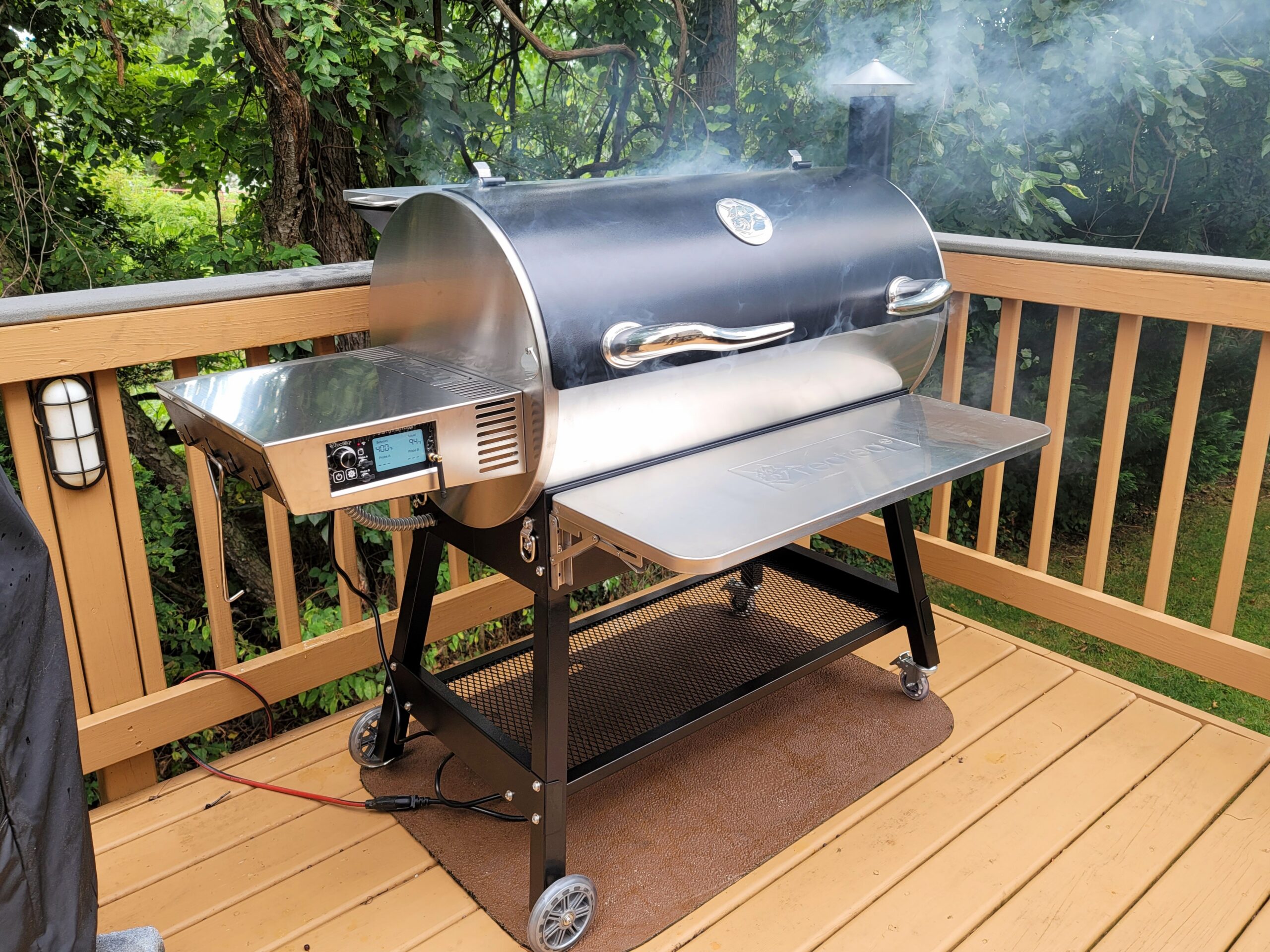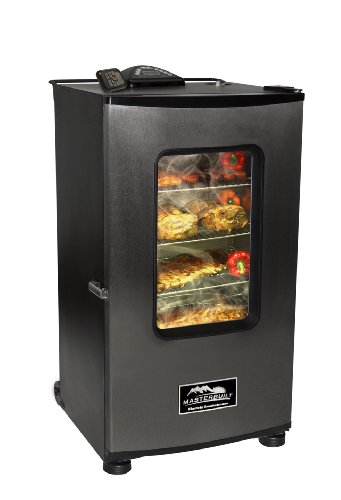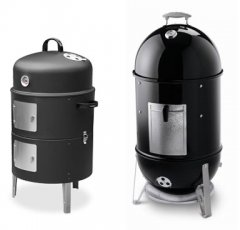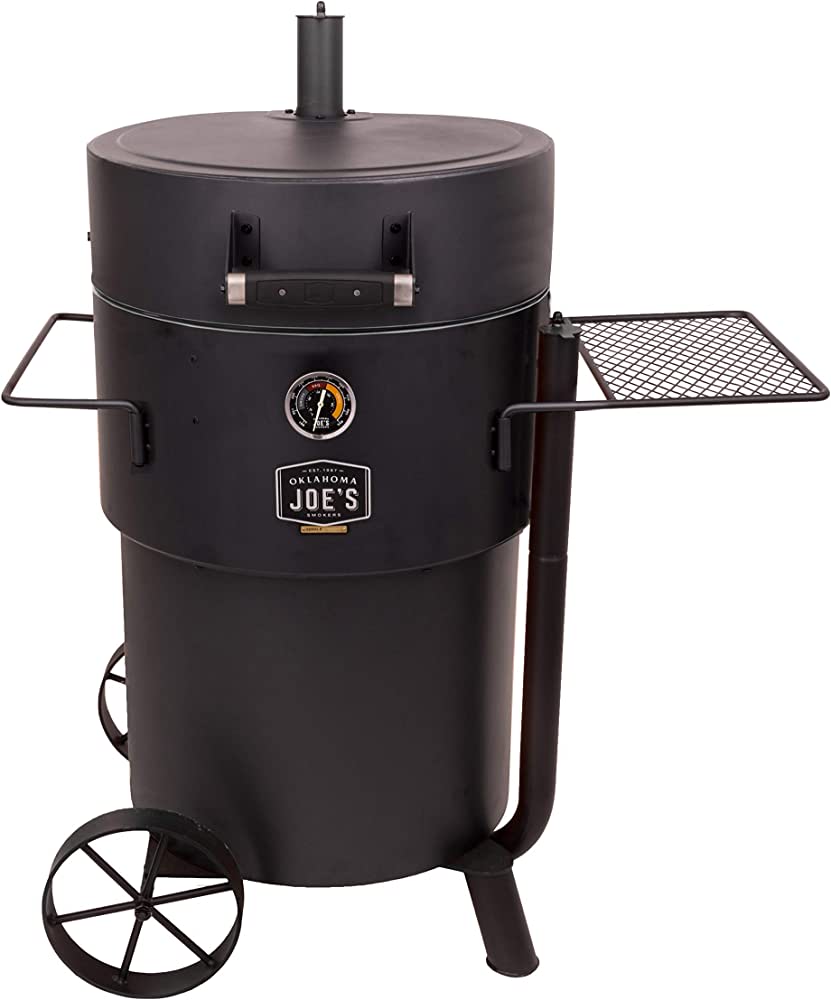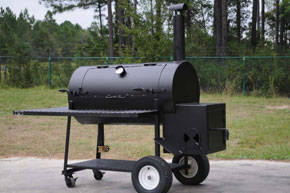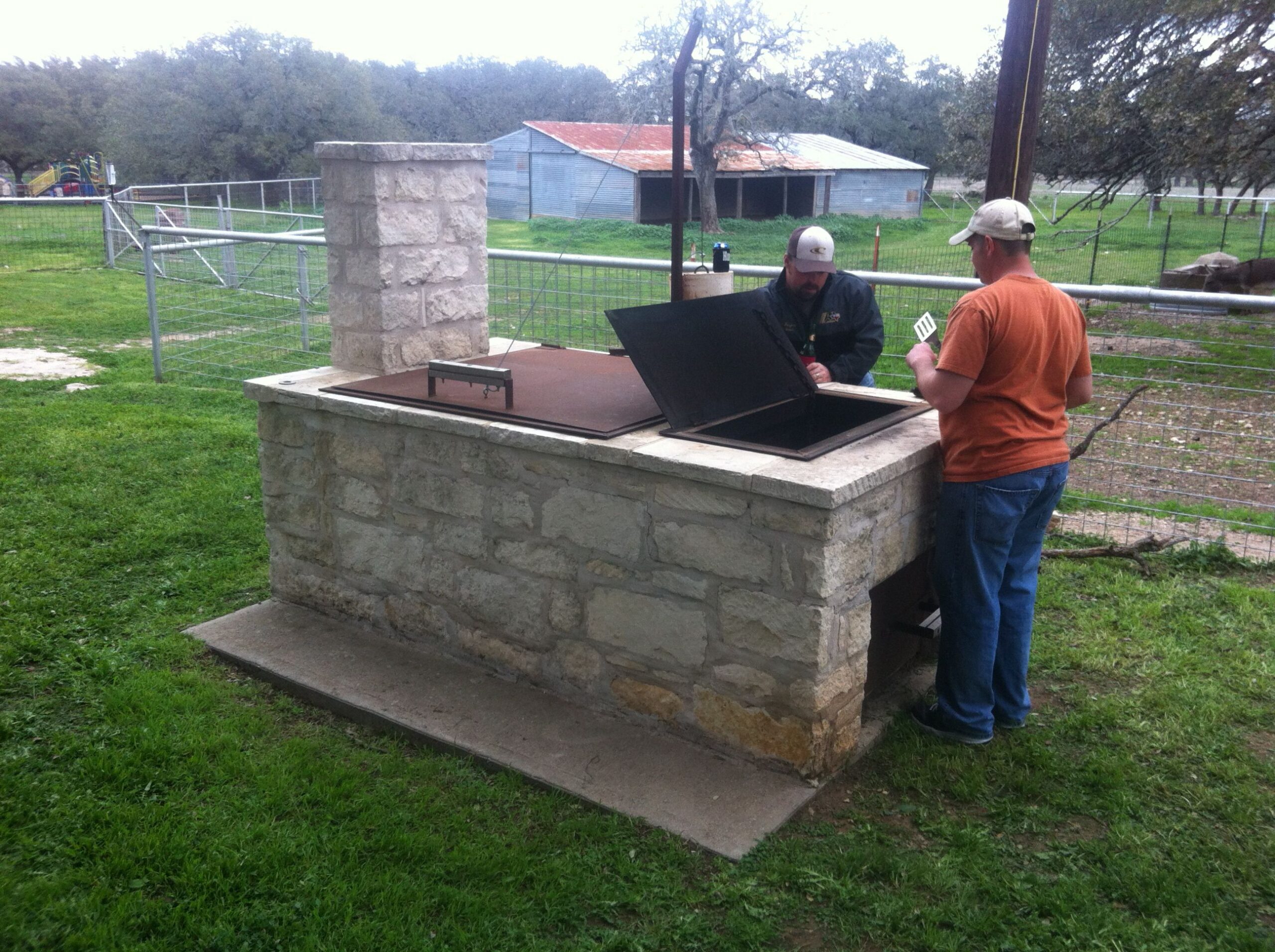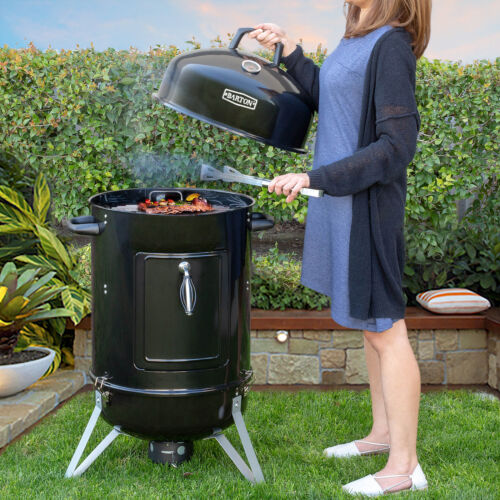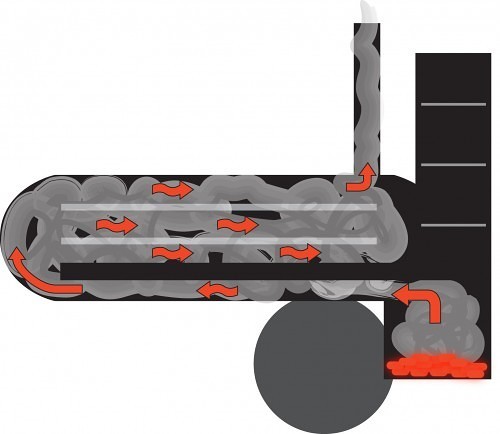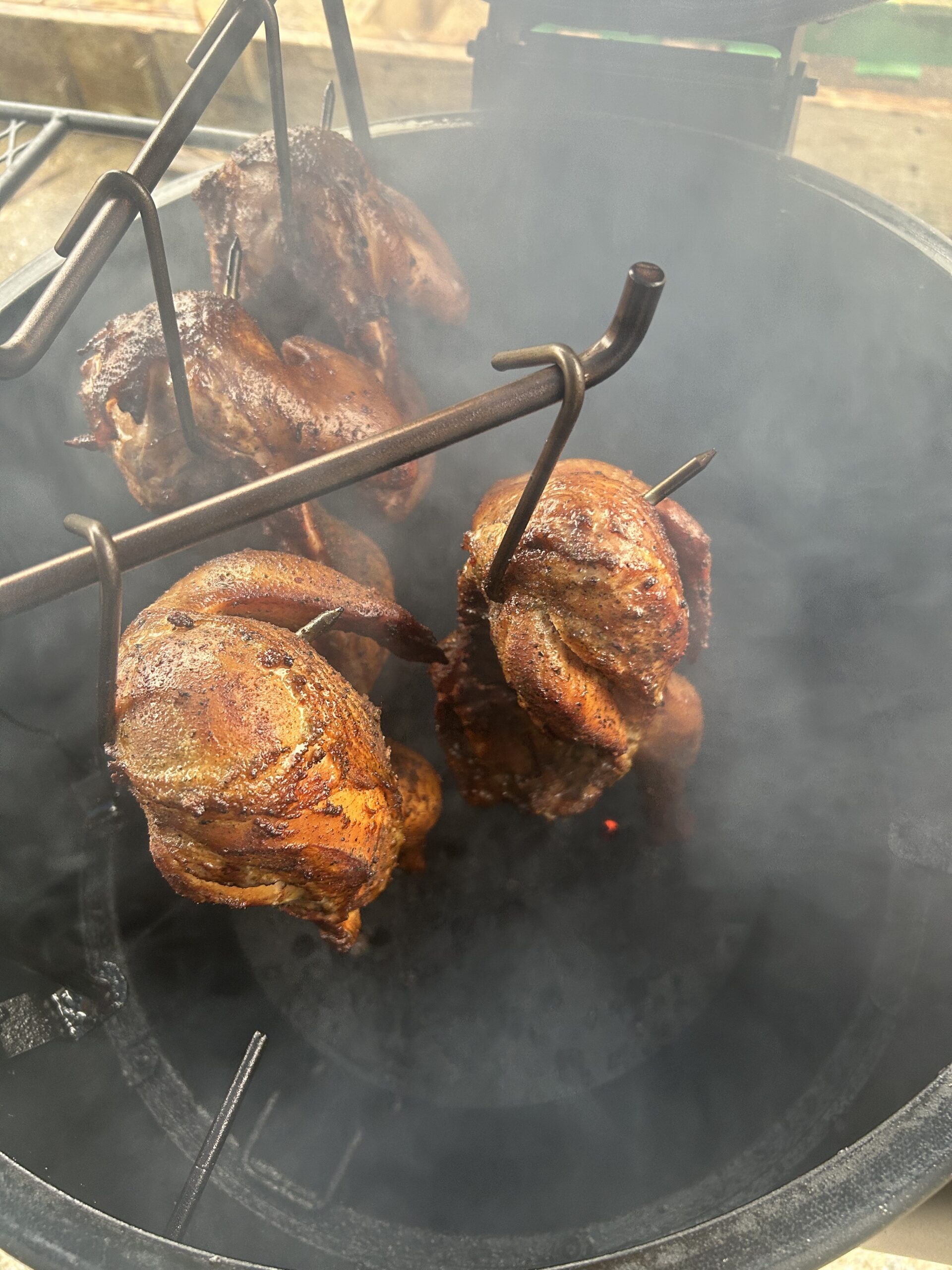
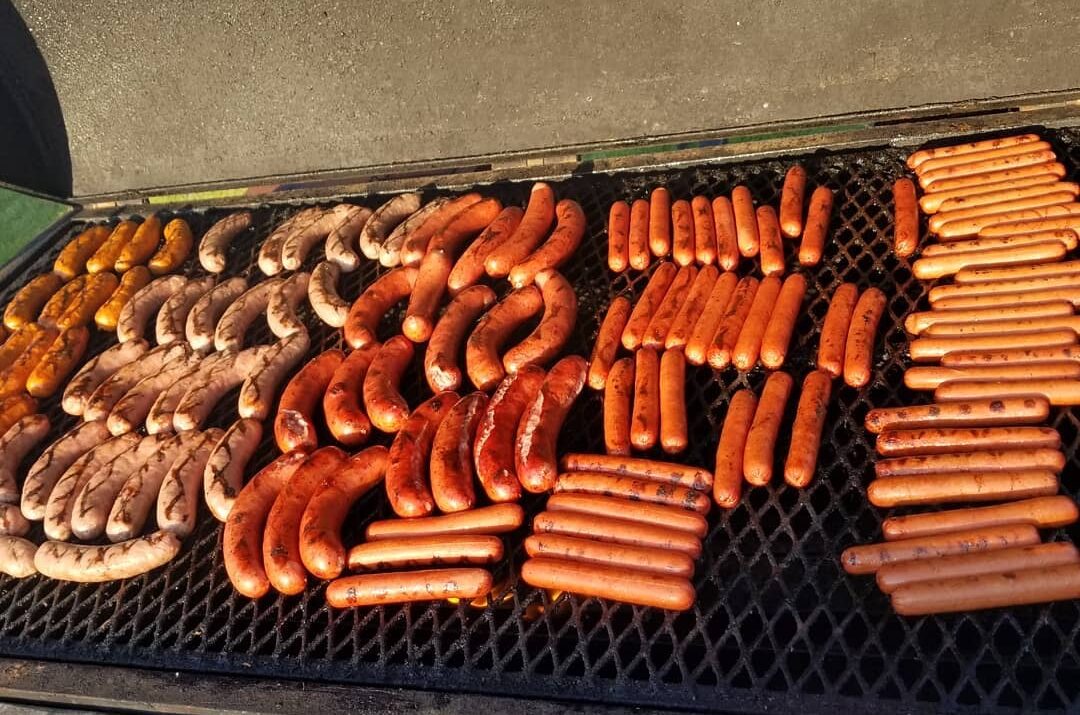
BBQ Smokers
Most all of us enjoy that delicious, smokey meat that we get at a BBQ restaurant. But what kind of smoker do we need to produce that same result at home? There are many different types and brands of smokers, making it confusing for some people to choose which one to buy. Here, we will look at some of the most common types and explain a little bit about how they work and the pros and cons of each. There are many more types of smokers out there, but this list should provide you with information on some of the more popular units available.
Pellet Smoker
In my opinion, a pellet smoker is the best smoker to get started on. These flexible units are great for both smoking low and slow, and grilling up to around 700 degrees, depending on the brand and the pellets used. For fuel, they use a compressed wood pellet that is automatically fed into the fire box to keep the temperature at or near the set temperature. There are many brands and types of pellet smokers on the market. Some use a simple processor that feeds the pellets in at a pre-set interval based on the temperature that the unit is set to. The negative to this type of unit is that it will have moderate temperature swings, as this controller only adds pellets based on timing. The higher end pellet grills use a PID controller, which using a lot of math, adjusts and adapts to the variances in the set temperature and the actual temperature, but also anticipates and adjusts to external influences such as environmental factors such as, humidity, heat, and even wind. This controller senses and adapts much quicker to these influences, giving a much more steady temperature throughout the cook, leaving you with nothing to worry about except your trimming and seasoning of your meat.
Pros:
- Very simple to use
- Generally good temperature control
- Large cooking capacity
- Less risk of flare ups
Cons:
- Requires electricity
- Not as much smoke flavor as an offset smoker
Electric Smokers
Another great beginner smoker is the electric smoker. These smokers use an electric heating element to control the temperature of the smoker. Most of these smokers use a small pan to hold wood chips that, as they get hot, put off the smoke that flavors the meat. A water pan is also used to help add moisture to the meat during the cook. Similar to the basic pellet smokers, these do have temperature fluctuations as the heating element comes on and off to maintain the temperature and can be affected by wind and other environmental factors.
Pros:
- Temperature control is easy
- Safe for apartments or areas that have fire restrictions
Cons:
- Can’t get high heat for grilling
- Requires Power connection
- Although you can get great smoke flavor, you can’t burn the chips hot enough to get that coveted smoke ring in the meat
Propane Smokers
Propane smokers use propane to as the fuel source, usually from a 20lb propane tank like you would use on your gas grill. Similar to the electric smokers, they use a wood chip pan and a water pan to flavor and moisten the meat.
Pros:
- Doesn’t require power to operate
- These are usually cheaper than an electric smoker
- Outcome is closer to a charcoal smoker than an electric smoker
Cons:
- Fuel is propane, so you’re going to want to have a spare tank ready to go for long smokes
- Generally not insulated well, so wind and cold can affect cooking time
- Not allowed in some apartment units
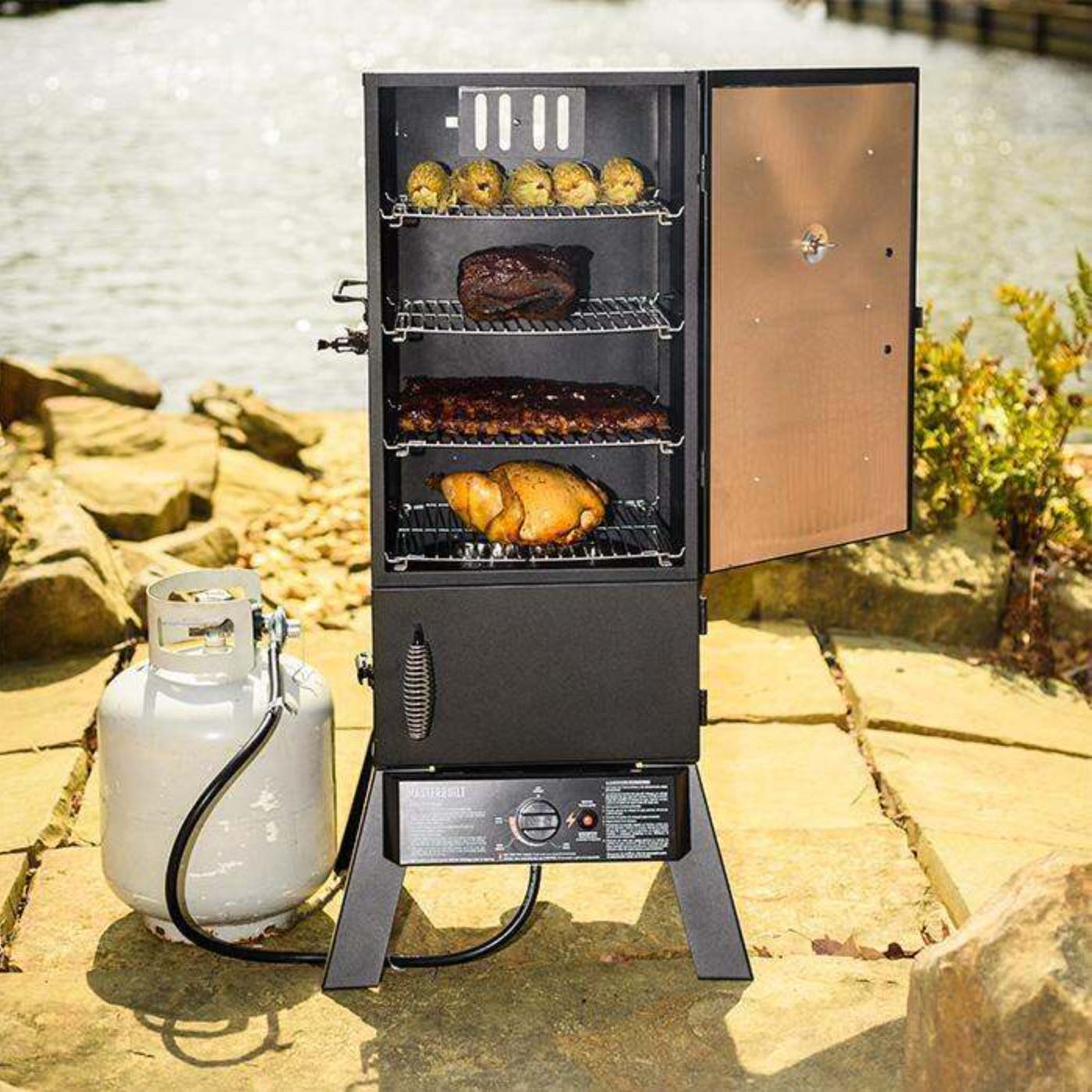
Bullet Style Smokers
Bullet style smokers are usually a compact charcoal smoker and are great for a backyard patio or deck. One of the most common of this style is the Weber Smokey Mountain (WSM). It’s popularity stems from its ease of use, great flavor, by putting wood chunks in with the charcoal, and it’s lightweight portability.
Pros:
- Easy access fuel door on the front
- Easy to use
- Lightweight enough to carry camping or to the lake
Cons:
- Thin walled, so wind and cold can affect cooking time
- Water pan can get greasy and will have to be cleaned after each cook
Kamado Style Smokers
The Kamado style smokers are one of the most versatile smokers on the market. They can easily go from low and slow to hot and fast. Plus, with the ceramic lining, they hold temperature very well and are extremely fuel efficient. It’s no wonder that these have become a staple of many backyards.
Pros:
- Easy to control temperature and very efficient
- Very versatile, easily converts from grill to smoker
- Available in several sizes
Cons:
- Can be on the high end of the price spectrum for a backyard smoker/grill
- Heavier than most grills
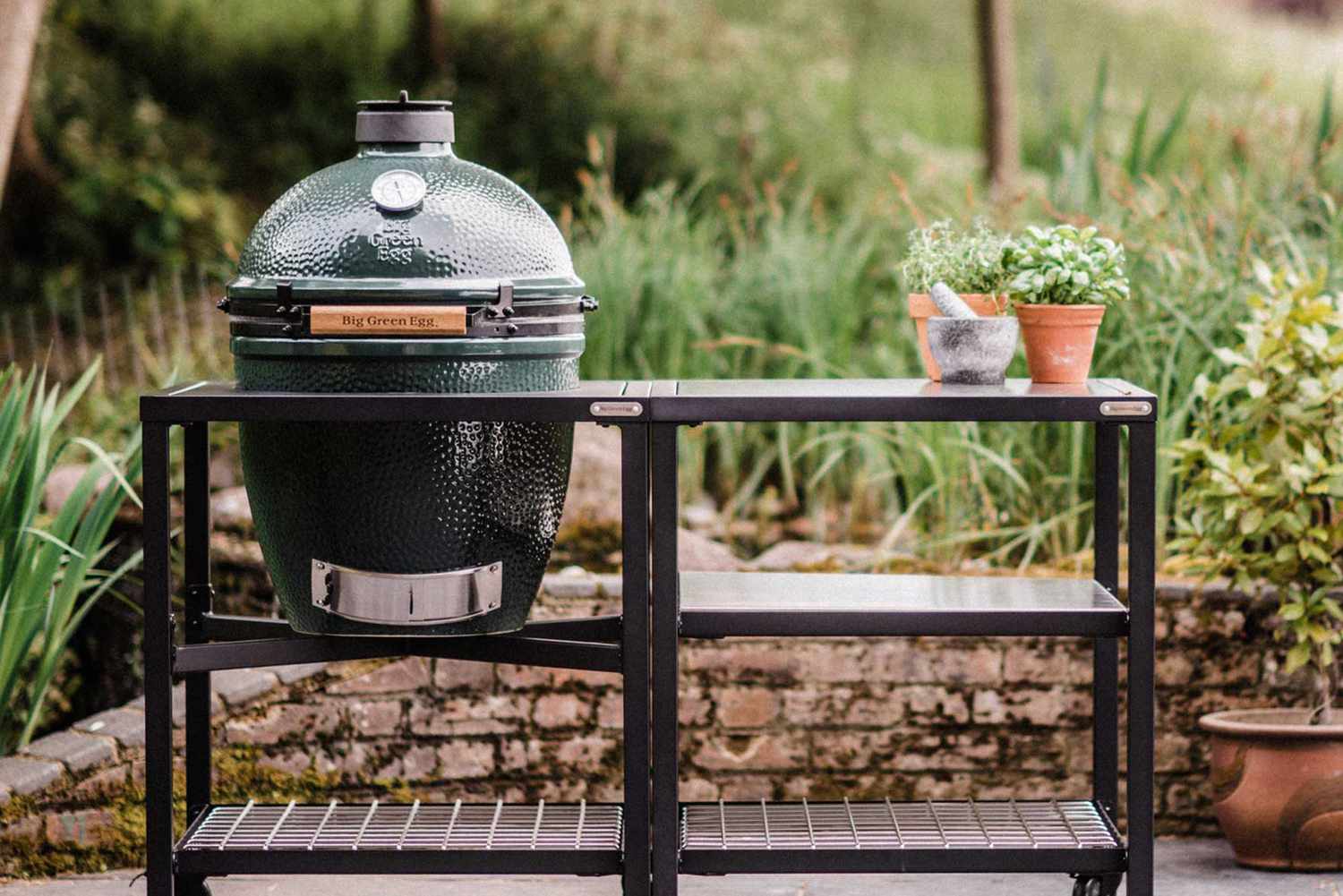
Drum Style Smokers
Drum smokers produce fantastic results from most other types of charcoal smokers. These smokers are usually very forgiving for beginners and offer easy temperature control via the dampers on the air intakes. They also have a very airtight construction making them great at holding a consistent temperature for long cooks. Most drums have both a rack system and a hook system to hang certain meats like ribs and chicken.
Pros:
- Doens’t require a lot of space
- Holds temperatures very well
- Easy to use
Cons:
- Limited rack space, but has hangers as well.
- Some models can be difficult to clean
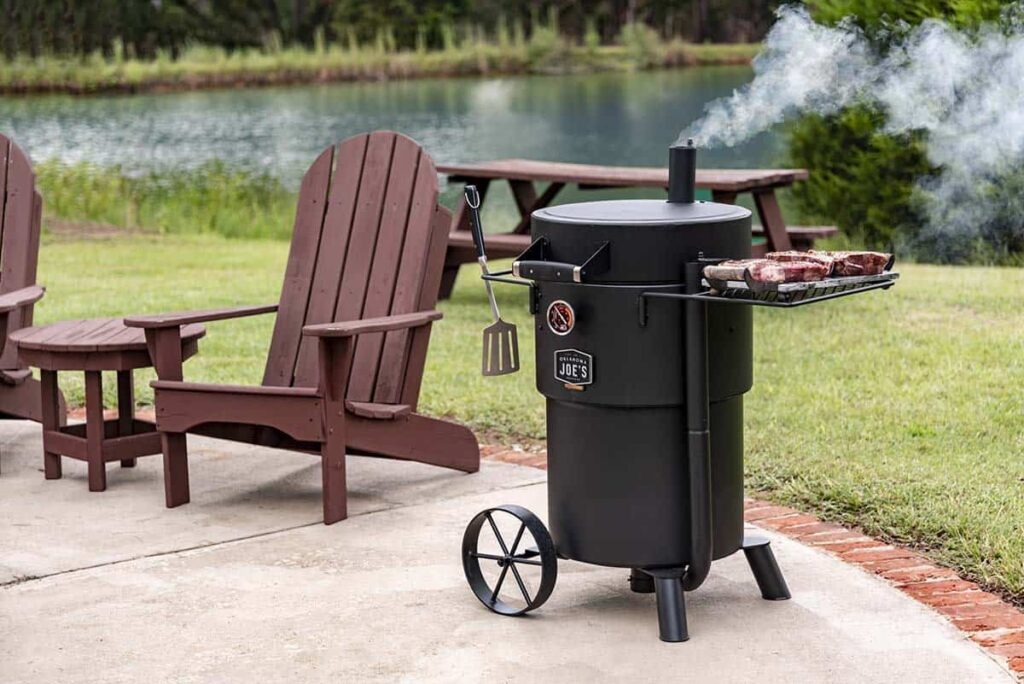
Standard Offset Smokers
This is probably the most common type of smoker, as it has been made popular by the BBQ related TV shows and is arguably the most common style pit used. Basically, the fire is in a box that is off to the side of the cooking chamber. The heat and smoke moves across the cooking surface on it’s way to exit the smokestack. Off set smokers generally have to be watched pretty closely, as you maintain your temperatures by adding more fuel to the fire, usually at least once per hour.
Pros:
- Can easily cook larger cuts of meat
- Gives a great smoke flavor
- Many makes and models to choose from, starting at a relatively low price
Cons:
- There is a learning curve to maintaining the temperature
- You may have to rotate the food the furthest away from the firebox to achieve even cooking
- Cheap offset smokers aren’t well-built and can wear out in a few years if not well cared for.
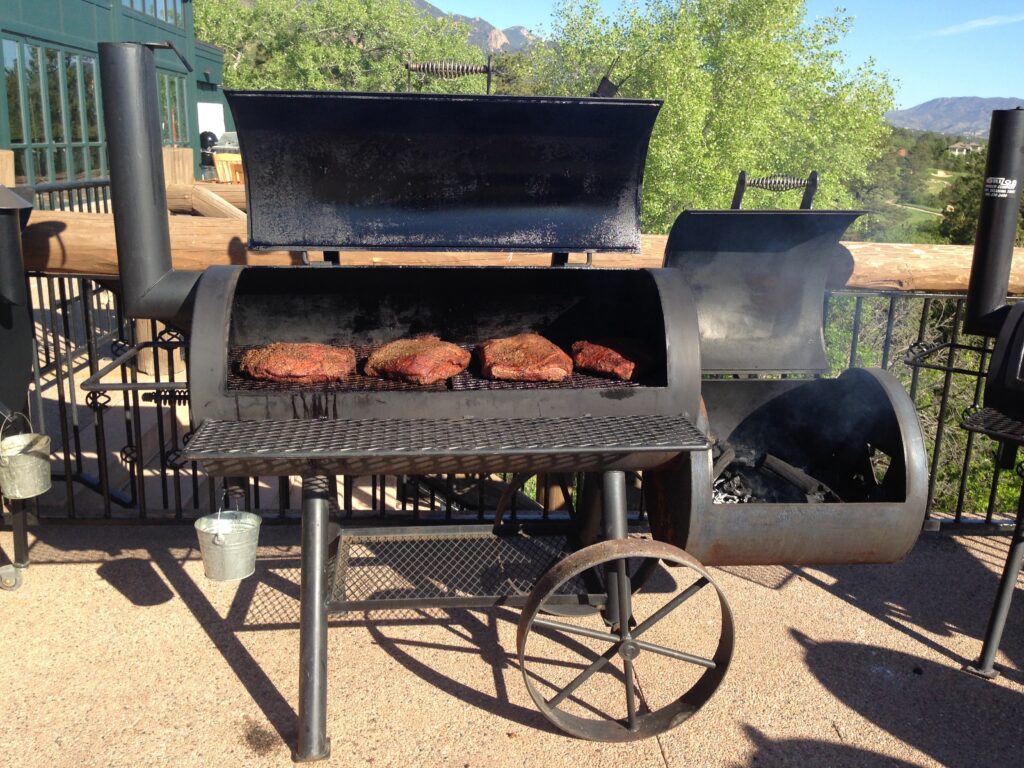
Reverse Flow Offset Smokers
The reverse flow smoker is the same as an offset, but utilizes an extra plate in the bottom of the cooking chamber that moves the heat and smoke below the meat before it comes back across the top. Many people, including myself, claim this to be the best smoker because of the more even heat distribution and stability. There is an extra learning curve on a reverse flow, but once you get the concept of how it works, you can regulate the heat very evenly across the cooking chamber. A side benefit is that when the meat drippings hit the hot plate underneath, it flash steams back up into the meat keeping your food super moist and flavorful. Another benefit is that cleanup is much easier on a reverse flow.
Pros:
- More uniform distribution of heat and smoke
- Temperature spikes are not as drastic when adding fuel to the fire
- Better flavor from the drippings steaming back into the meat
Cons:
- There is a learning curve to maintaining the temperature
- Takes a little longer to come up to temperature
- Can use a little more fuel than a standard offset
Block Pit Smokers
The block pit takes us back to the old school bar-b-que days. Believe it or not, there are still some restaurants that use this method daily for cooking their food. Personally, I love this style of cooking, but it isn’t for the beginner. Maintaining temperature takes a lot of work, as you burn wood down to coals and place those coals inside the pit under the meat to keep the temperatures steady. The food that is cooked this way can be very delicious, as the fats from the meat drip down onto the hot coals producing a sweet smokey flavor that penetrates the meat.
Pros:
- Inexpensive to make
- Great flavor from the drippings steaming back into the meat
Cons:
- There is a huge learning curve to maintaining the temperature
- Not portable
- Requires constant attention

